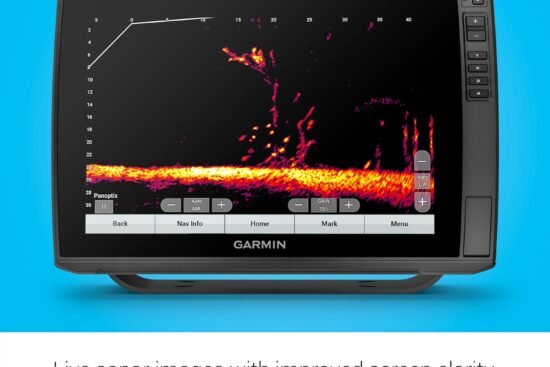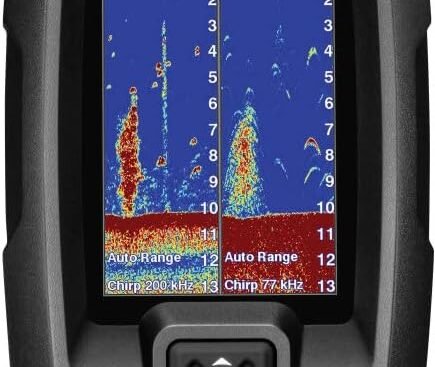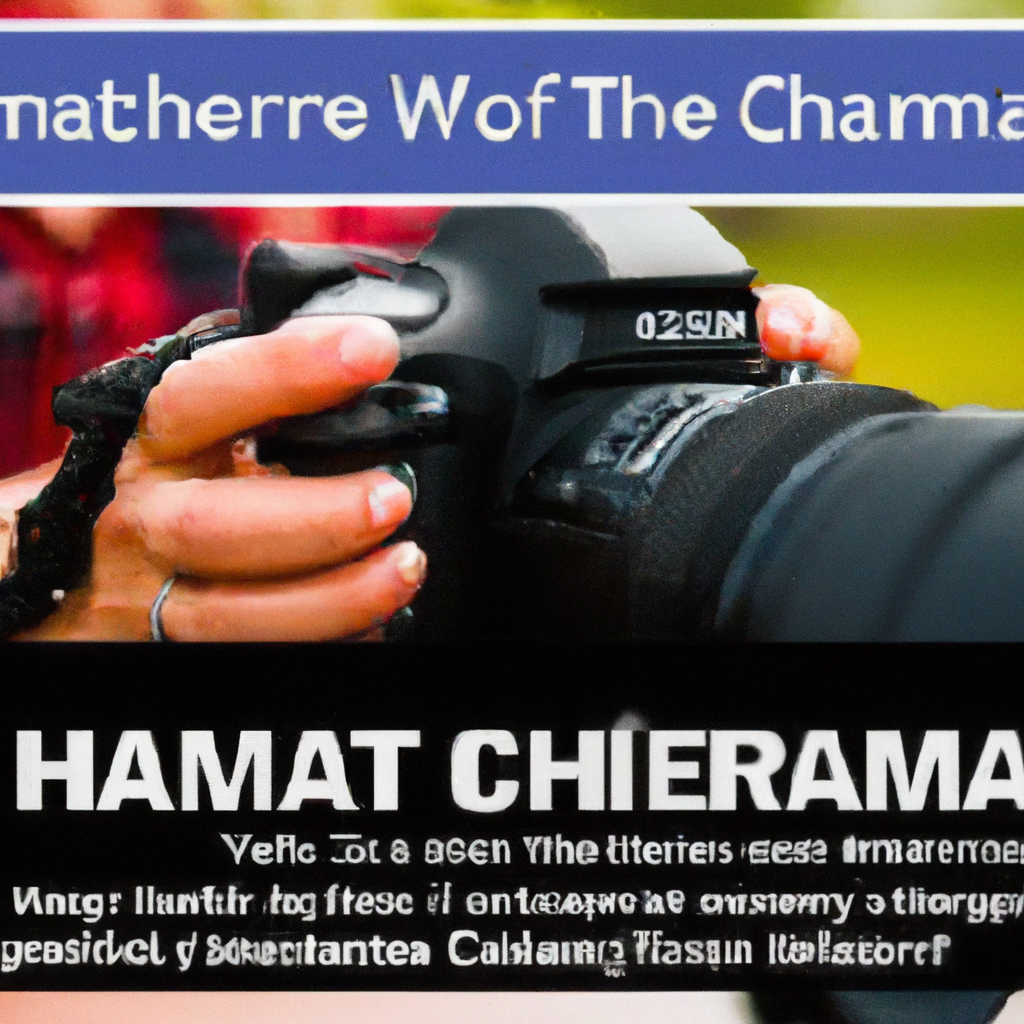
If you’ve ever found yourself entranced by the art of photography, capturing the world around you in a single frame, then you’ve probably asked yourself this exact question countless times: what is the best camera for beginners or amateur photographers? With a market teeming with options, it can be overwhelming to determine where to start. But fear not! This article will guide you through the process of finding the perfect camera to kickstart your journey into the world of photography. From entry-level DSLRs to mirrorless marvels, we’ll explore the essential features to consider and help you make an informed choice that suits your needs and budget. So, grab your enthusiasm, because your photographic adventure begins here!
Factors to Consider
When choosing a camera as a beginner or amateur photographer, there are several factors to consider. These factors will help you determine the best camera for your needs, preferences, and budget. Let’s explore each factor in detail.
Budget
Your budget is an important factor to consider when buying a camera. As a beginner or amateur photographer, you may not want to invest a huge amount of money into your first camera. Fortunately, there are plenty of affordable options available that still offer excellent image quality and features.
Setting a budget will help you narrow down your options and ensure that you are getting the most value for your money. Remember to consider not only the cost of the camera body but also any additional accessories you may need, such as lenses, memory cards, and extra batteries.
Type of Photography
The type of photography you are interested in pursuing will also play a role in determining the best camera for you. Different cameras excel at capturing different types of photos, so it’s important to choose one that aligns with your interests and goals.
For example, if you are interested in landscape photography, you may want to prioritize a camera with a wide dynamic range and the ability to capture detailed shots in low light. On the other hand, if you are more drawn to portrait photography, you may want to look for a camera that produces beautiful bokeh and has excellent autofocus capabilities.
Consider the type of photography you want to pursue and look for a camera that has features and capabilities that will support your creative vision.
Size and Weight
Another factor to consider is the size and weight of the camera. As a beginner or amateur photographer, you may find yourself constantly on the go, exploring different environments and capturing spontaneous moments. In these situations, a lightweight and portable camera can be incredibly beneficial.
Smaller cameras are also less intimidating to subjects, especially if you plan on photographing people. They are less obtrusive and can help you capture more natural and candid shots. Additionally, a lightweight camera is easier to handle for extended periods of time, reducing strain on your hands and arms.
However, it’s important to strike a balance between portability and usability. Some larger cameras may offer more advanced features and better image quality, so carefully consider your preferences and needs when it comes to the size and weight of the camera.
Ease of Use
As a beginner or amateur photographer, ease of use is a crucial factor to consider when choosing a camera. You want a camera that you can pick up and start using right away, without getting overwhelmed by complex settings and controls.
Look for cameras that offer intuitive menus and controls, as well as helpful guided modes that can assist you in learning the fundamentals of photography. Some cameras even have built-in tutorials and tips that can help you improve your skills.
Remember, the more comfortable you feel using your camera, the more confident you’ll become as a photographer. So prioritize ease of use and choose a camera that simplifies the learning process for you.
DSLR Cameras
DSLR cameras, or digital single-lens reflex cameras, have long been a popular choice among photographers for their image quality and versatility. Let’s explore two excellent DSLR cameras that are suitable for beginners or amateurs.
Canon EOS Rebel T7i
The Canon EOS Rebel T7i is a highly regarded DSLR camera that offers a fantastic balance of performance, features, and price. It features a 24.2-megapixel sensor, which delivers sharp and detailed images, even in low-light conditions.
One of the standout features of the Rebel T7i is the excellent autofocus system. It has a fast and accurate autofocus, making it ideal for capturing fast-moving subjects or shooting in challenging conditions. The camera also offers a vari-angle touchscreen, which allows you to easily compose and review your shots from different angles.
With built-in Wi-Fi, the Canon EOS Rebel T7i allows for easy sharing and transferring of your photos to your smartphone or computer. It also supports Full HD 1080p video recording, making it a versatile choice for those interested in both photography and videography.
Nikon D3500
Another great option for beginners or amateurs is the Nikon D3500. This DSLR camera boasts an impressive 24.2-megapixel sensor, ensuring sharp and vibrant images. It also has an excellent battery life, allowing you to capture more photos without worrying about running out of power.
The Nikon D3500 provides easy and intuitive controls, making it a great choice for those who are new to photography. It has a Guide Mode that offers step-by-step assistance and explanations, helping you to learn and develop your skills.
With its Bluetooth connectivity, the D3500 allows for seamless sharing and remote control using your smartphone or tablet. It also supports Full HD 1080p video recording, making it a versatile camera for capturing both photos and videos.
Both the Canon EOS Rebel T7i and the Nikon D3500 are highly recommended DSLR cameras for beginners or amateur photographers. Consider your budget and specific needs to select the one that best suits you.
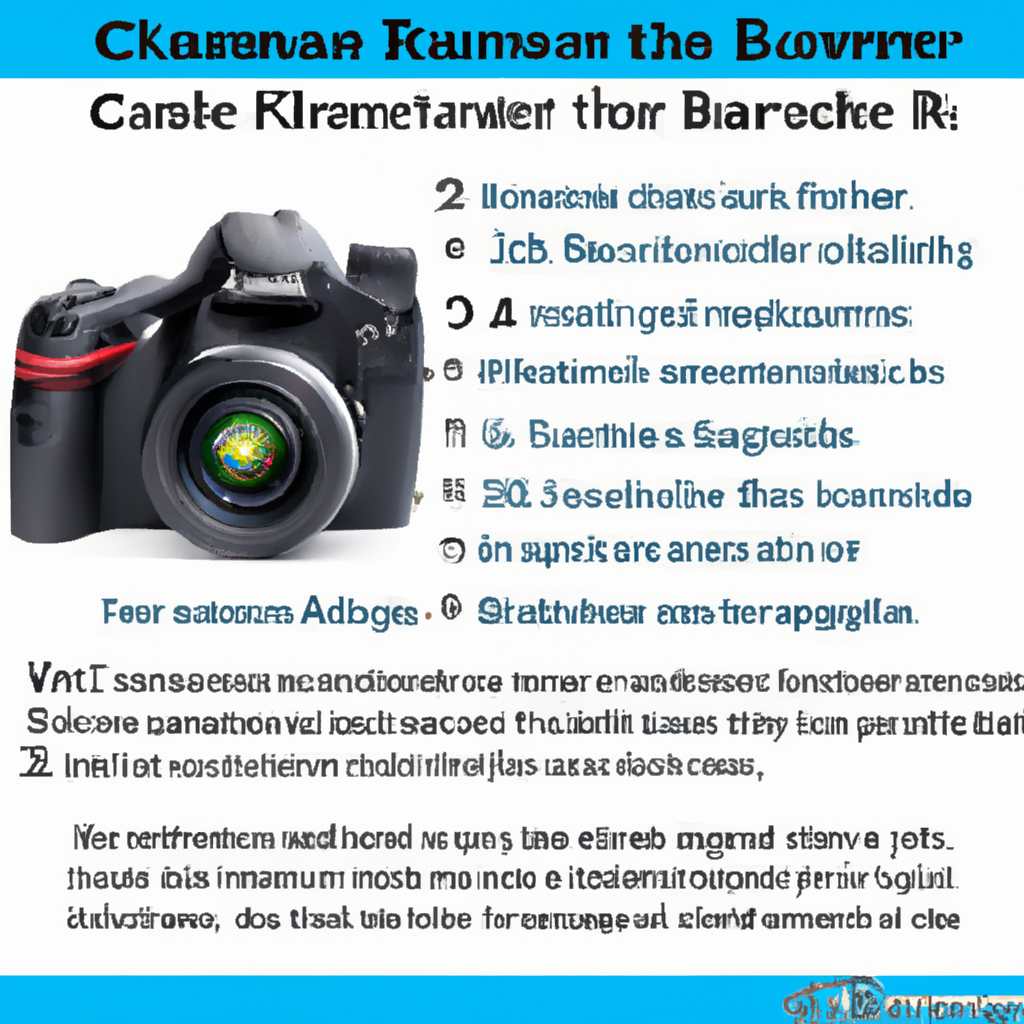
Mirrorless Cameras
In recent years, mirrorless cameras have gained immense popularity among photographers. These cameras offer many advantages, such as compact size, advanced features, and excellent image quality. Here are two mirrorless cameras that are worth considering.
Fujifilm X-T30
The Fujifilm X-T30 is a powerful mirrorless camera that packs a punch in a compact body. It features a 26.1-megapixel APS-C sensor, known for its exceptional image quality and color rendition. The X-T30 also boasts impressive autofocus capabilities, making it ideal for capturing fast-moving subjects with precision.
One of the standout features of the X-T30 is its film simulation modes, which replicate the look and feel of classic Fujifilm film stocks. This camera is a favorite among photographers who appreciate the aesthetics of film photography.
The X-T30 offers 4K video recording, providing you with the flexibility to explore videography as well. It has an electronic viewfinder and a tilting touchscreen, allowing you to compose and review your shots easily.
Olympus OM-D E-M10 Mark III
The Olympus OM-D E-M10 Mark III is another excellent choice for beginners or amateurs seeking a mirrorless camera. With a 16.1-megapixel Micro Four Thirds sensor, the E-M10 Mark III delivers impressive image quality and detail.
One of the standout features of this camera is its built-in 5-axis image stabilization. This stabilization system compensates for camera shake, allowing you to capture sharp images even in challenging shooting conditions. It also has a built-in electronic viewfinder and a tilting touchscreen.
The E-M10 Mark III offers a variety of shooting modes and creative features, allowing you to experiment and learn in your photography journey. It supports Full HD 1080p video recording, making it a versatile camera for capturing both photos and videos.
Both the Fujifilm X-T30 and the Olympus OM-D E-M10 Mark III offer great performance, compact size, and excellent image quality. Consider your specific needs and preferences to select the mirrorless camera that aligns with your photography goals.
Point-and-Shoot Cameras
Point-and-shoot cameras are compact and convenient, making them a popular choice for casual photographers and travelers. These cameras are designed to be user-friendly while still delivering impressive image quality. Here are two point-and-shoot cameras worth considering as a beginner or amateur photographer.
Canon PowerShot G9 X Mark II
The Canon PowerShot G9 X Mark II is a sleek and compact point-and-shoot camera that delivers high-quality images. It features a 20.1-megapixel 1-inch sensor, which provides excellent detail and low-light performance.
One of the standout features of the G9 X Mark II is its fast and accurate autofocus system. This camera is quick to focus, ensuring that you capture your desired shots without any delays. It also offers built-in Wi-Fi and NFC, allowing for easy sharing and transferring of your photos.
The G9 X Mark II has a touchscreen interface, which makes it easy to navigate menus and settings. It supports Full HD 1080p video recording and offers various shooting modes and creative filters, allowing you to experiment with your photography.
Sony Cyber-shot DSC-RX100
The Sony Cyber-shot DSC-RX100 is another popular point-and-shoot camera that offers exceptional image quality and versatility. It features a 20.2-megapixel 1-inch sensor, known for its impressive low-light performance and dynamic range.
The DSC-RX100 has a fast and accurate autofocus system, allowing you to capture sharp images of moving subjects. It also offers a built-in electronic viewfinder and a tilting LCD screen for easy composition and image review.
This camera supports Full HD 1080p video recording and offers various shooting modes and creative features. It has built-in Wi-Fi and NFC, enabling seamless connectivity with your smartphone or tablet.
Both the Canon PowerShot G9 X Mark II and the Sony Cyber-shot DSC-RX100 are excellent choices for those who want a compact and user-friendly camera without compromising on image quality. Consider your preferences and shooting style to select the right point-and-shoot camera for you.
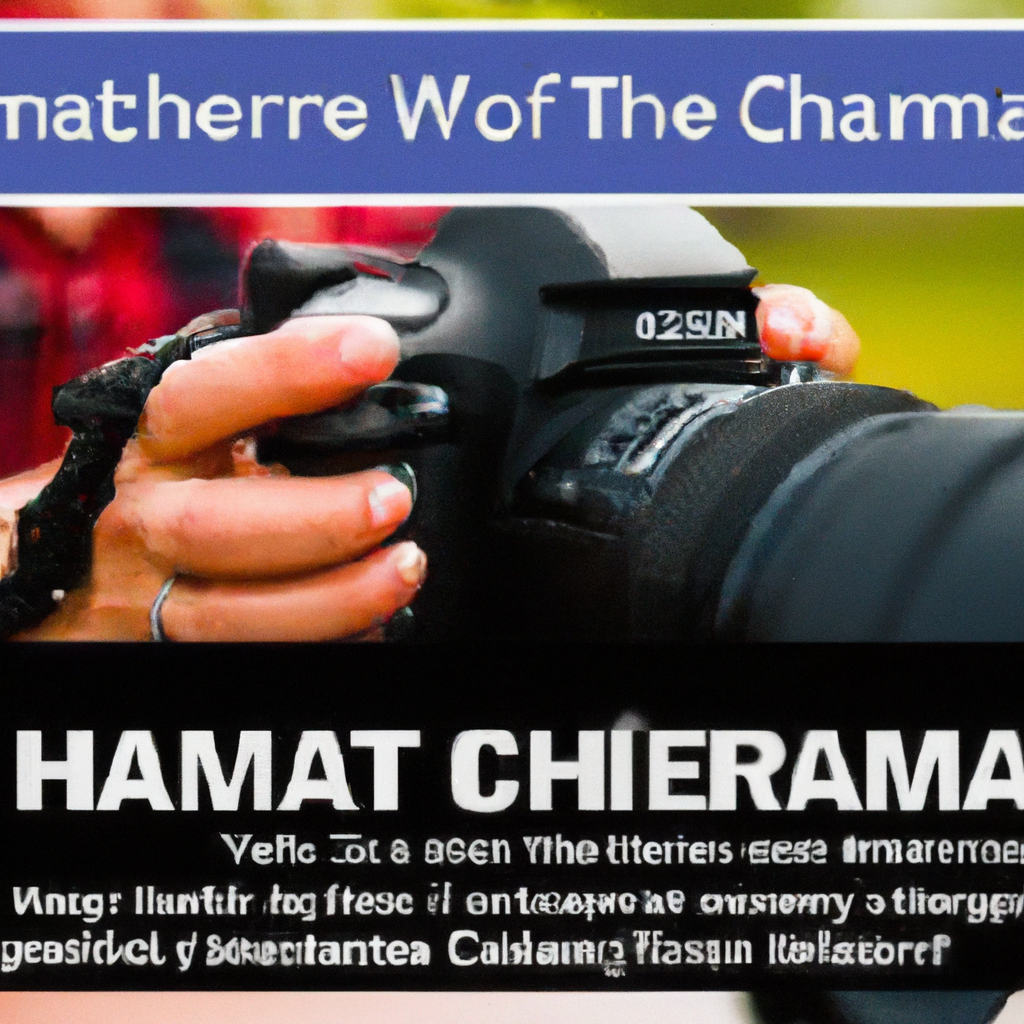
Smartphone Cameras
In recent years, smartphone cameras have become increasingly powerful, allowing users to capture impressive photos on the go. While dedicated cameras offer more advanced features and flexibility, smartphone cameras can still provide excellent results for beginners or amateur photographers. Here are three smartphones known for their exceptional camera capabilities.
iPhone 11 Pro
The iPhone 11 Pro is renowned for its top-notch camera system. It features a triple-camera setup, including a wide-angle lens, an ultra-wide-angle lens, and a telephoto lens. This setup allows for versatile shooting options and allows you to capture stunning photos in various conditions.
One of the standout features of the iPhone 11 Pro is its Night Mode, which enhances low-light photography. This feature intelligently detects and captures details in low-light situations, resulting in impressive nighttime shots.
The camera system also offers excellent image stabilization, ensuring that your photos and videos are steady and blur-free. The iPhone 11 Pro supports 4K video recording and comes with a variety of editing tools and filters, allowing you to enhance your photos directly on your device.
Google Pixel 4a
The Google Pixel 4a is known for its exceptional camera performance, especially in low-light conditions. It features a single 12.2-megapixel sensor but utilizes software algorithms to produce stunning images with vibrant colors and impressive detail.
One of the standout features of the Pixel 4a is its Night Sight mode, which enhances low-light photography similar to the iPhone’s Night Mode. It also offers astrophotography mode, allowing you to capture stunning shots of the night sky.
The Pixel 4a has excellent autofocus capabilities, ensuring that your photos are sharp and detailed. It supports 4K video recording and comes with a variety of editing tools and filters, making it a great option for both photography and videography.
Samsung Galaxy S20
The Samsung Galaxy S20 boasts an impressive camera system that delivers excellent image quality and versatility. It features a triple-camera setup, including a wide-angle lens, an ultra-wide-angle lens, and a telephoto lens. This setup allows for a range of shooting options and ensures that you can capture every scene with precision.
One of the standout features of the Galaxy S20 is its 64-megapixel sensor, which produces detailed and vibrant photos. It also offers impressive zoom capabilities, allowing you to capture distant subjects without losing clarity.
The Galaxy S20 has excellent image stabilization, ensuring that your photos and videos are steady and blur-free. It supports 8K video recording, offering incredible detail and resolution. The device also provides a variety of shooting modes and editing tools, allowing you to unleash your creativity.
While smartphone cameras may not offer the same level of control and versatility as dedicated cameras, they are still capable of producing impressive results. Consider your smartphone preferences and budget when deciding whether to rely solely on your smartphone camera or invest in a dedicated camera.
Camera Features to Look for
When choosing a camera, there are several key features to consider to ensure that you are getting the best possible results. Let’s explore some of the essential camera features that are important for beginners or amateur photographers.
Image Quality
Image quality is crucial when it comes to capturing stunning photos. Look for cameras with high-resolution sensors, as they can deliver detailed and sharp images. The size of the sensor is also important, as larger sensors tend to perform better in low-light conditions and provide a wider dynamic range.
Consider the maximum ISO range of the camera, as this determines its ability to handle low-light situations. Higher ISO ranges allow you to capture well-exposed images even in dimly lit environments.
Additionally, pay attention to the color reproduction and accuracy of the camera. Look for cameras with good color science, as this will ensure that your photos have vibrant and true-to-life colors.
Lens Options
The lens is a vital component of any camera, as it determines the angle of view, focal length, and image quality. Consider the lens options available for the camera you are considering, as this will determine the versatility and creative potential of your photography.
Many cameras come with a kit lens, which typically offers a standard focal length range. While these lenses are a good starting point, you may want to invest in additional lenses in the future to expand your shooting capabilities.
Consider the availability and variety of lenses compatible with the camera system, as this will allow you to adapt to different shooting situations and personal preferences. Look for a camera with a wide range of lens options if you foresee yourself exploring various genres of photography.
Autofocus System
The autofocus system is essential for capturing sharp and crisp images, especially when photographing moving subjects. Look for cameras with fast and accurate autofocus systems, as this will ensure that you don’t miss critical moments.
Consider the number of autofocus points available on the camera. More autofocus points provide greater coverage across the frame, allowing for more accurate focusing, especially in challenging conditions.
Additionally, look for cameras with advanced autofocus tracking capabilities, as this will enable you to capture moving subjects with precision. Continuous autofocus is particularly important for genres such as sports or wildlife photography, where the subject is constantly in motion.
ISO Range
The ISO range of a camera determines its sensitivity to light. Higher ISO values allow you to shoot in low-light conditions without the need for a flash or tripod. Look for cameras with a wide ISO range, as this will provide you with the flexibility to capture well-exposed images in various lighting situations.
Consider the noise performance of the camera at high ISO values. Cameras with good noise performance will produce cleaner and more usable images even at higher ISO settings. This is particularly important if you plan on shooting in low-light environments frequently.
Video Recording
If you are interested in capturing videos in addition to photos, consider the video recording capabilities of the camera. Look for cameras that support at least Full HD 1080p video recording, as this will ensure that your videos are sharp and detailed.
If you require higher video quality, such as 4K resolution, look for cameras that offer this capability. Keep in mind that shooting in 4K requires more storage space and processing power, so ensure that your computer or device can handle the larger files.
Consider additional video features such as frame rates, video stabilization, and microphone inputs. These features will allow you to have more control over your videos and capture high-quality audio.
Additional Accessories
While the camera itself is the most important tool for capturing photos, there are several additional accessories that can enhance your photography experience. Let’s explore some essential accessories for beginners or amateur photographers.
Tripod
A tripod is an essential accessory for any photographer, as it provides stability and allows for precise composition. It is particularly useful in low-light situations, long-exposure photography, or when you want to be in the photo yourself.
Look for tripods that are sturdy and lightweight, making them easy to carry around during your photography outings. Consider the maximum height and load capacity of the tripod, as well as the ease of adjustment and stability.
External Flash
An external flash can greatly improve your photography, especially in situations where natural light is not sufficient. It allows you to control the direction and intensity of the light, resulting in well-exposed and evenly lit photos.
Look for external flashes that are compatible with your camera and offer a range of features such as TTL (Through The Lens) metering and wireless functionality. Consider the guide number of the flash, as this determines its power and range.
Camera Bag
A camera bag is essential for protecting your camera and accessories while on the go. Look for camera bags that offer sufficient padding and compartments to hold your camera body, lenses, batteries, memory cards, and other accessories.
Consider the size and weight of the camera bag, as well as its comfort and ease of use. Look for bags that are durable and weather-resistant, ensuring that your equipment is protected in various environments.
Extra Batteries
Having spare batteries on hand is essential, especially if you plan on shooting for extended periods or traveling without access to charging facilities. Look for spare batteries that are compatible with your camera model and offer a decent capacity.
Consider the brand and quality of the batteries, as this can affect their performance and longevity. Ideally, invest in batteries from reputable manufacturers to ensure reliability and longevity.
Memory Cards
Memory cards are necessary for storing your photos. Look for memory cards that have sufficient capacity to hold your desired number of photos and offer fast read and write speeds.
Consider the storage format of the memory cards, as not all cameras support all formats. The most commonly used formats are SD (Secure Digital) and CF (CompactFlash). Ensure that your camera is compatible with the memory card format you choose.
Resources for Learning Photography
Learning photography is an enjoyable and continuous journey. As a beginner or amateur photographer, there are several resources available to help you develop your skills and knowledge. Let’s explore some valuable resources for learning photography.
Online Photography Courses
Online photography courses offer a convenient and flexible way to learn at your own pace. Many reputable photography schools and organizations offer online courses that cover various topics, from camera basics to advanced techniques.
Consider enrolling in courses that align with your interests and goals. Look for courses that provide practical assignments and feedback from instructors, as this will help you apply what you’ve learned and receive guidance on your progress.
Photography Books
Photography books are a timeless resource for learning and inspiration. There are countless photography books available, covering a wide range of topics, genres, and techniques.
Consider investing in books that cover the fundamentals of photography, as well as those that showcase the work of renowned photographers. Look for books that provide practical tips, examples, and exercises to improve your skills.
Photography Communities
Joining photography communities can provide you with valuable feedback, inspiration, and opportunities to learn from experienced photographers. Online platforms, such as photography forums and social media groups, allow you to connect with photographers from around the world and share your work.
Consider participating in photography challenges and competitions within the community, as this will push you to explore new techniques and subjects. Additionally, seek feedback and constructive criticism on your photos, as this will help you improve and grow as a photographer.
Conclusion
Choosing the best camera for beginners or amateur photographers can be an exciting and rewarding process. By considering factors such as your budget, type of photography, size and weight preferences, and ease of use, you can narrow down your options and find the perfect camera for your needs.
Whether you decide to go with a DSLR, mirrorless, point-and-shoot camera, or rely on your smartphone camera, there are plenty of choices available that offer excellent image quality and features. Don’t forget to consider the essential camera features, such as image quality, lens options, autofocus system, ISO range, and video recording capabilities.
To enhance your photography experience, invest in additional accessories such as a tripod, external flash, camera bag, extra batteries, and memory cards. These accessories will help you capture better photos and protect your equipment.
Lastly, take advantage of the various resources available, such as online photography courses, photography books, and photography communities. These resources will support your learning journey and help you develop your skills as a photographer.
Remember, photography is a personal and creative pursuit. Choose a camera that resonates with you and enables you to capture and express your unique vision. Happy shooting!

